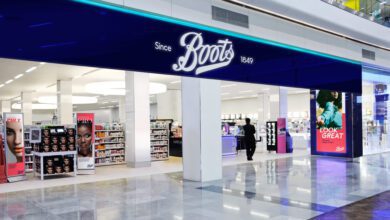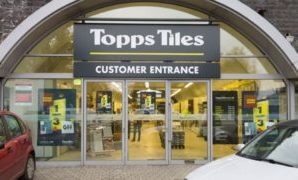
The CMA’s Green Claims Code is now in full operation, with the sole objective of clamping down on empty ethical pledges. And to be fair, retail is rolling up its sleeves, disrupting supply chains, store layouts and materials, and even revamping consumer messaging to make a difference.





